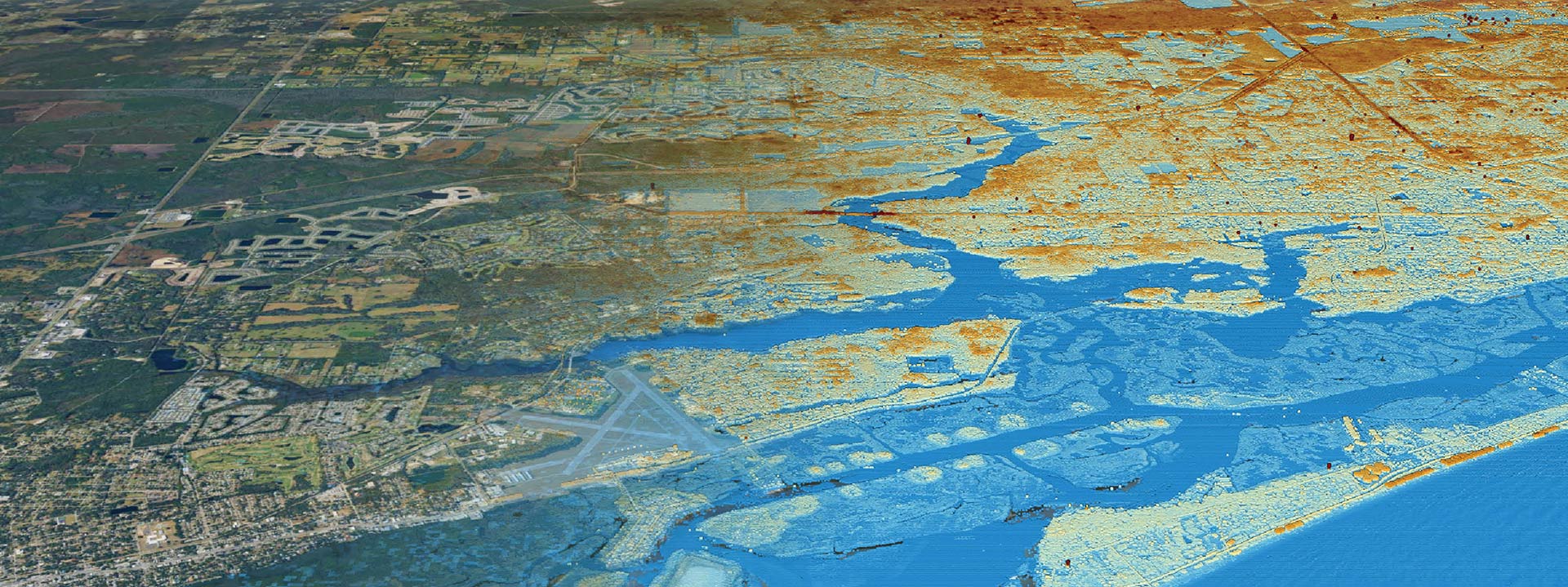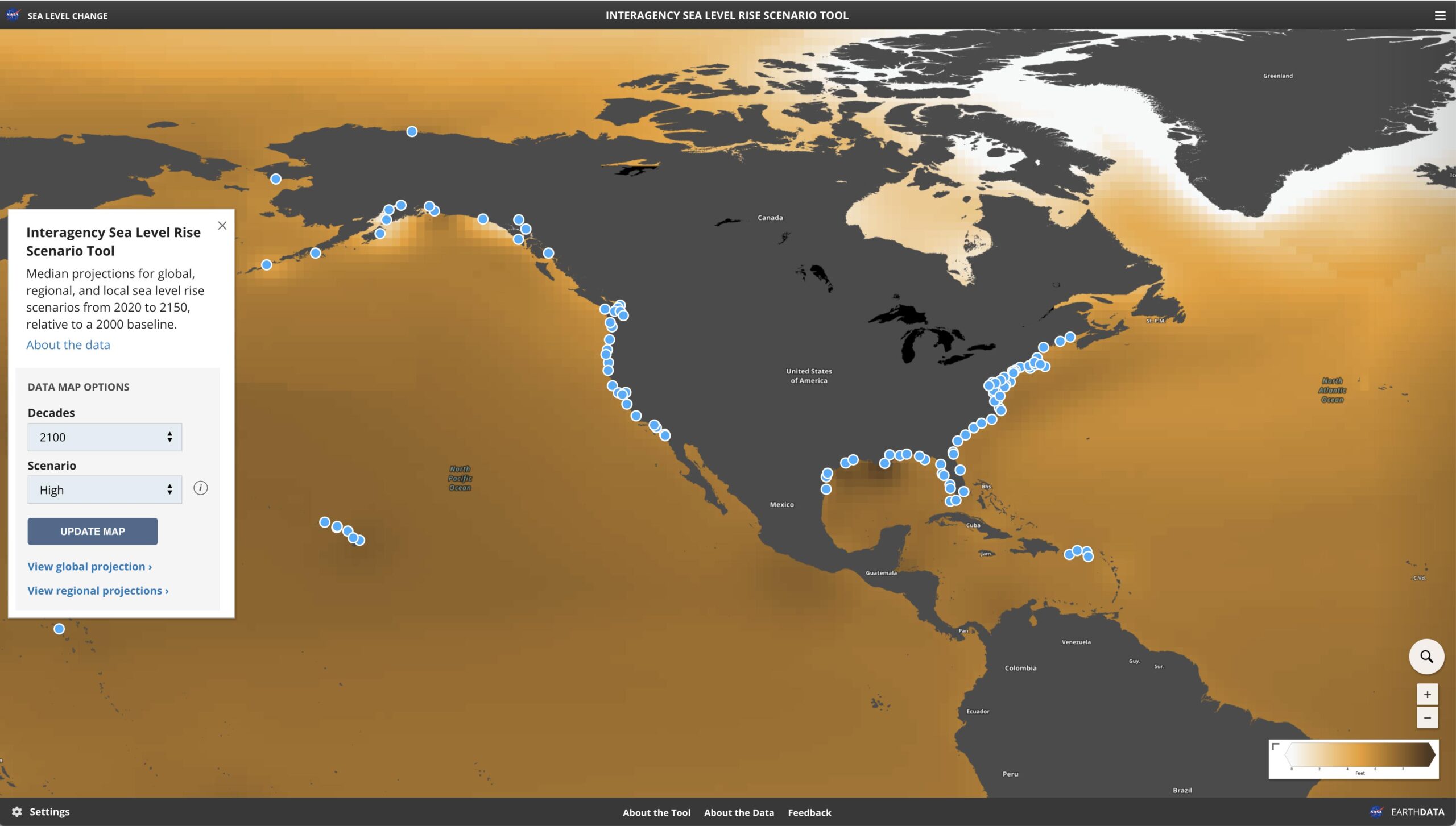Protecting Our Waters: The Clean Water Act
Clearview Geographic LLC understands the importance of clean water and the impact it has on our environment and our health. As a company that focuses on geospatial analysis and mapping, we recognize the significance of the Clean Water Act in ensuring the protection and preservation of our nation’s waters.
Enacted in 1972, the Clean Water Act is a federal law that regulates the discharge of pollutants into our waterways and sets quality standards for surface waters. The act aims to restore and maintain the chemical, physical, and biological integrity of our waters, and to protect the health of people and aquatic life.
The Clean Water Act applies to all “waters of the United States,” including rivers, streams, lakes, wetlands, and coastal waters. It requires permits for any entity that discharges pollutants into these waters, with specific regulations and standards for different types of pollutants and industries.
The act also establishes the National Pollutant Discharge Elimination System (NPDES), which sets limits on pollutants discharged by point sources such as factories and wastewater treatment plants. The NPDES program requires permits and monitoring to ensure compliance with the established limits.
At Clearview Geographic LLC, we use geospatial technology to help our clients understand the impact of their activities on water resources and comply with the Clean Water Act regulations. By mapping and analyzing data on water quality, we can identify potential sources of pollution and develop effective strategies for pollution prevention and control.
As a company committed to sustainability and environmental stewardship, Clearview Geographic LLC recognizes the critical role of the Clean Water Act in protecting our waters. We will continue to support efforts to preserve our natural resources and ensure a healthy future for generations to come.
More information can be found here: Summary of the Clean Water Act | US EPA
What are “Waters of the United States”?
According to the website provided by the U.S. Environmental Protection Agency (EPA), “Waters of the United States” (WOTUS) are defined as all navigable waters, tributaries, interstate waters, territorial seas, impoundments, and adjacent wetlands within the jurisdiction of the United States. The definition includes traditional navigable waters, such as oceans, rivers, and lakes, as well as non-navigable waters with a significant connection to navigable waters, such as tributaries and wetlands adjacent to navigable waters. The definition is based on a Supreme Court decision and has been further clarified by the EPA and the Army Corps of Engineers. The definition is important for determining which waters are protected by the Clean Water Act and subject to regulations for the discharge of pollutants.
More information about WOTUS can be found here: Current Implementation of Waters of the United States | US EPA



